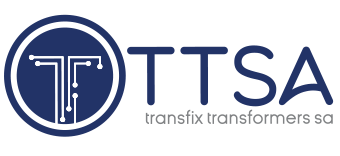The push against coal comes under the Just Energy Transition Partnerships (JETPs) with Indonesia, Senegal, South Africa and Vietnam that call for billions of dollars in investments, grants and loans from G7 members, multilateral banks and private lenders to help them transition to low-carbon economies.
Some of the world’s most prominent climate organizations — the Rockefeller Foundation, Global Alliance for People and Planet and Sustainable Energy For All — on Friday announced the formation of a technical assistance facility to examine projects and help secure funding for those that qualify for the program known as Mission 300. The aim is to ultimately raise $90-billion or more from a range of sources.
The organisation has been challenging the regulator’s implementation of what it deems to be unlawful and invalid tariff hikes. AfriForum says in its latest statement it will oppose this application in the interest of power consumers across the country.
INDUSTRY NEWS
- Eskom offers more details on envisaged roles of the NTCSA and the TSODecember 18, 2025 - 11:04 am
- NTCSA says any electricity deal to salvage Mozal must ensure its financial sustainabilityDecember 17, 2025 - 3:01 pm
- ENGIE expects to start construction of 240 MW Corona PV project in late 2026December 17, 2025 - 1:04 pm
WHERE TO FIND US
Address
9 Yellow Street
Botshabelo Industrial Area
Botshabelo, Free State
Call / Email Us
Tel: +27 (0) 61 956 6772
Email: info@transfix.co.za
